A 35,000 square foot recreation complex in a small, isolated town on the Burin Peninsula in Newfoundland is the first “full building” in that province to achieve a LEED Gold certification.
About 130 kilometres off the Trans-Canada Highway, the $16.5 million Marystown YMCA is striking a cord with the town of about 5,500 residents. It features a 25-metre pool, gymnasium, walking track and weight room, and many of the spaces have floor-to-ceiling glazing facing onto outdoor green space.
To meet the LEED Gold standard, the design and building team scored many of its LEED points through optimized energy performance features, says Richard Symonds, project architect, LAT49 Architecture, the St. John’s based architect and prime consultant for the project.
One of those features is a geothermal system that heats the building, its domestic water supply and the centre’s pool. “The inline electric pool heaters — basically giant electric kettles — are hardly ever on because the geothermal system is able to keep the pool water warm enough,” he says.
Based on the LEED criteria including energy modeling, the building was projected to achieve a 49 percent energy cost reduction over an ASHRAE 90.1 baseline building. But Symonds says after operating almost two years, the building is “performing even better…That’s quite an achievement, considering that the swimming pool uses a huge amount of energy.”
The geothermal system consists of a glycol-fed chilled water loop installed from the building into boreholes in the parking lot to a depth of about 500 feet. Heat pumps are located throughout the complex to distribute heat.
Another key LEED element is the building’s stormwater management system. From the roof, stormwater is directed to an infiltration gallery of perforated pipes underground and the centre’s parking lots are “sheet drained” into bioswales.
A Blivet Unit — a sewage treatment system package buried underground — treats the facility’s solid wastes “to useable gray water” standard, Symonds says, adding that without the treatment system, the municipality’s sewage plant would have been “overwhelmed.”
He says waste heat pipes were installed into the rec centre to accommodate possible heat transfer from a new arena, should one be built in the future.
Constructed on a former brownfield site, the structural steel building with concrete block and metal stud infill is clad in corrugated metal siding with wood veneer panelling and curtainwall glazing.
Symonds says general contractor Pomerleau completed the project ahead of schedule — not an easy task because many of the building supplies, materials and equipment were from St. John’s, 340 kilometres away. “It added costs and time issues.”
Low-flow fixtures and 80 percent of the occupied spaces rely on daylight harvesting that dims lighting when it is bright outdoors.
Symonds says it was important to provide natural lighting throughout the building. Virtually every “regular occupied space has views to perimeter glazing. When you are in the pool, you could almost be fooled into thinking you are outdoors because there is a lot of floor-to-ceiling glass which connects you to the (outdoor) green space.”
LAT49 was retained in 2009 to do building audits of Marystown’s aging rec facilities, including a pool facility in poor condition and an old but well-built arena.
The Town of Marystown invested about $2 million in the new recreation centre project, with other funding from provincial, federal and private sources.
Symonds says the town’s mayor Sam Synard was instrumental in getting the project off the ground. “He is a visionary who said at the beginning there is no reason why Marystown and the Burin Peninsula can’t have a first-class recreation centre the same as you could have anywhere else in Canada.”
Key consultants on the job include: Core Engineering Inc., mechanical and electrical engineering; Morrison Hershfield Ltd., structural engineering and LEED AP; and EXP, civil engineering.


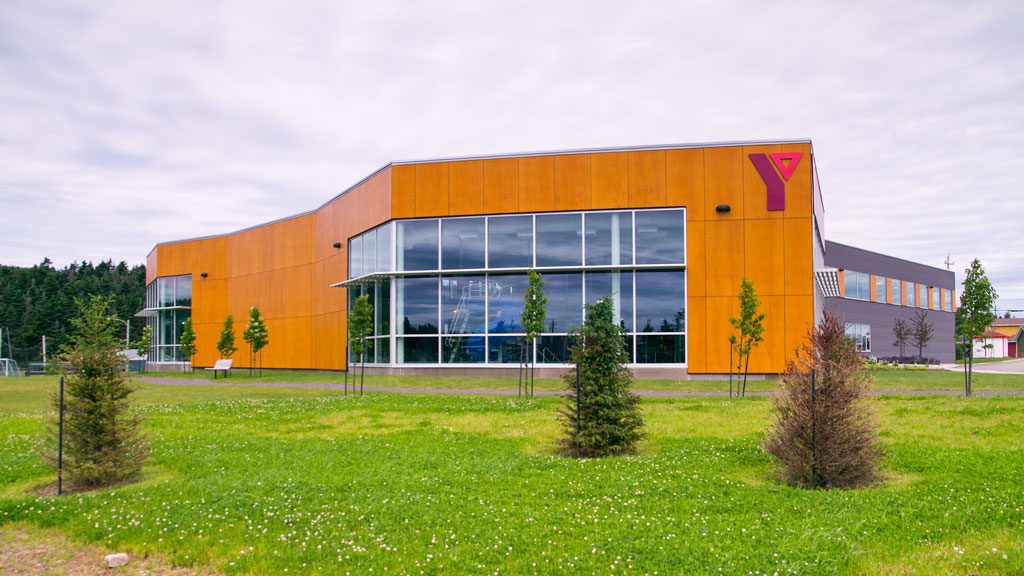

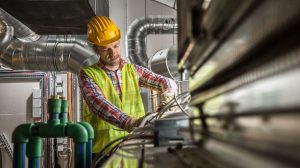

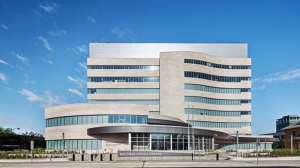
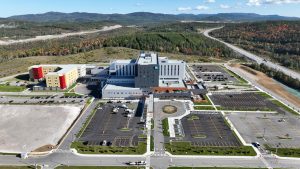
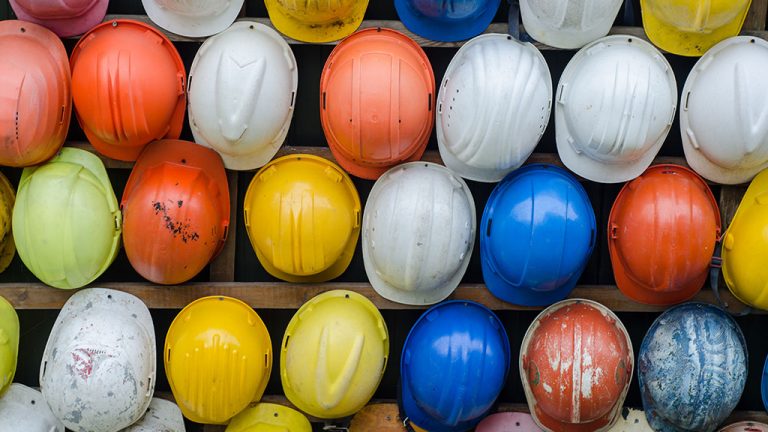
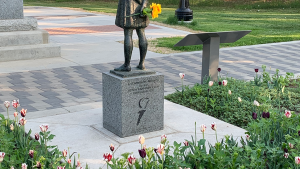

Recent Comments
comments for this post are closed